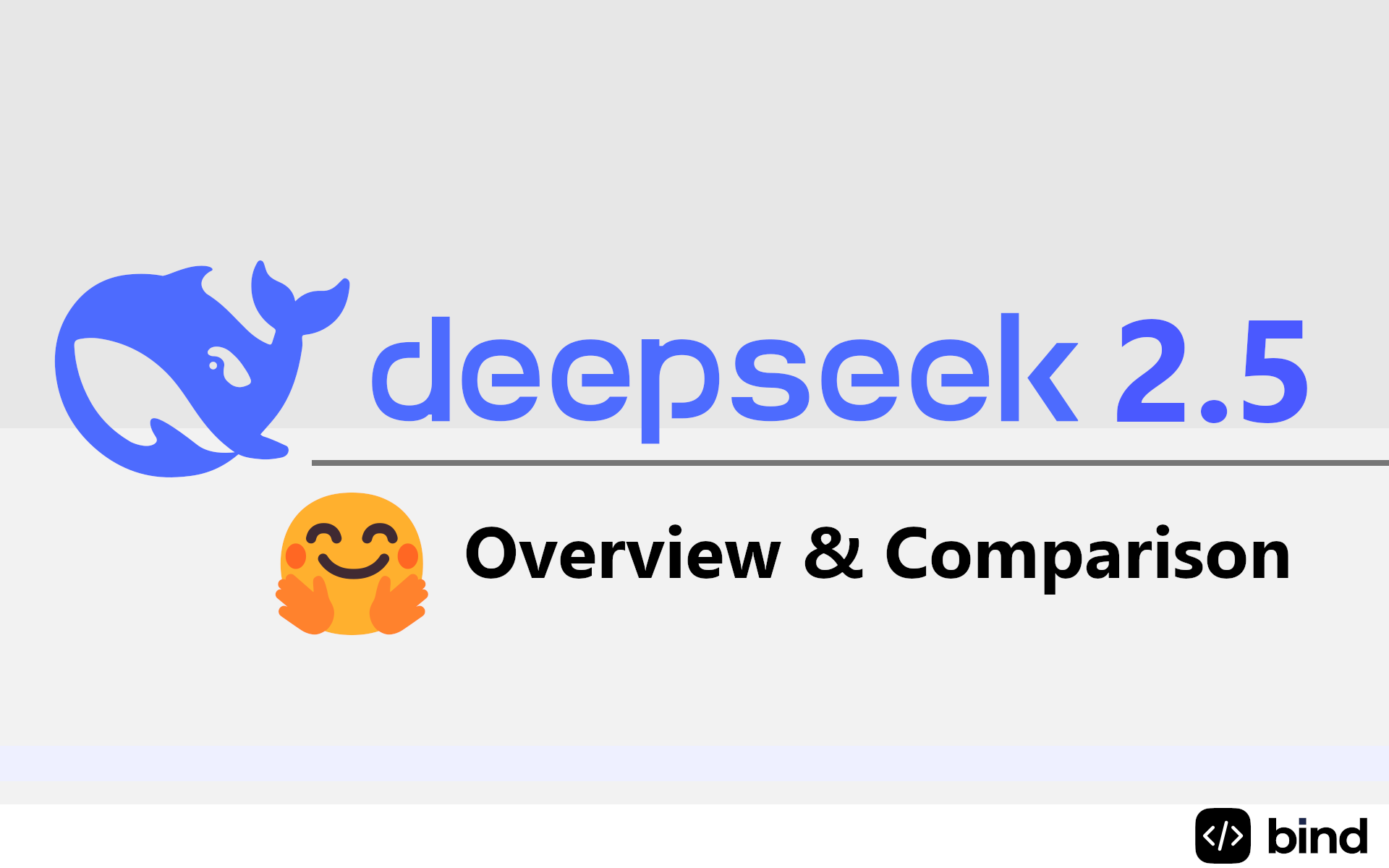Vijay Gadepally, wiki.myamens.com a senior team member at MIT Lincoln Laboratory, leads a variety of projects at the Lincoln Laboratory Supercomputing Center (LLSC) to make computing platforms, and the artificial intelligence systems that work on them, more effective. Here, Gadepally goes over the increasing use of generative AI in daily tools, its hidden ecological effect, and some of the manner ins which Lincoln Laboratory and the higher AI neighborhood can reduce emissions for a greener future.
Q: What trends are you seeing in terms of how generative AI is being used in computing?
A: Generative AI utilizes machine learning (ML) to produce brand-new material, oke.zone like images and text, based upon data that is inputted into the ML system. At the LLSC we design and develop some of the biggest scholastic computing platforms in the world, and over the past few years we have actually seen a surge in the variety of jobs that need access to high-performance computing for generative AI. We're likewise seeing how generative AI is changing all sorts of fields and domains - for instance, ChatGPT is already affecting the classroom and the office quicker than regulations can appear to maintain.

We can picture all sorts of usages for generative AI within the next years approximately, like powering highly capable virtual assistants, establishing brand-new drugs and products, and even improving our understanding of standard science. We can't predict everything that generative AI will be utilized for, but I can definitely state that with more and more complex algorithms, their compute, energy, and environment impact will continue to grow very quickly.
Q: What strategies is the LLSC utilizing to reduce this climate effect?
A: We're constantly trying to find methods to make calculating more efficient, as doing so helps our data center make the many of its resources and enables our clinical associates to push their fields forward in as efficient a way as possible.
As one example, we have actually been minimizing the amount of power our hardware takes in by making basic changes, comparable to dimming or shutting off lights when you leave a room. In one experiment, we minimized the energy consumption of a group of graphics processing units by 20 percent to 30 percent, with minimal effect on their performance, by implementing a power cap. This method likewise lowered the hardware operating temperatures, making the GPUs easier to cool and longer long lasting.
Another method is changing our behavior to be more climate-aware. At home, a few of us may pick to use sustainable energy sources or intelligent scheduling. We are utilizing comparable strategies at the LLSC - such as training AI designs when temperature levels are cooler, or when regional grid energy demand is low.
We likewise realized that a great deal of the energy spent on computing is frequently wasted, like how a water leakage increases your expense however without any advantages to your home. We developed some new methods that allow us to keep track of computing workloads as they are running and then end those that are unlikely to yield good outcomes. Surprisingly, in a variety of cases we found that the majority of calculations could be terminated early without compromising completion result.
Q: What's an example of a task you've done that lowers the energy output of a generative AI program?
A: We recently constructed a climate-aware computer system vision tool. Computer vision is a domain that's concentrated on applying AI to images; so, differentiating in between felines and pet dogs in an image, properly identifying objects within an image, or trying to find parts of interest within an image.
In our tool, we consisted of real-time carbon telemetry, which produces info about how much carbon is being given off by our regional grid as a design is running. Depending upon this info, our system will automatically change to a more energy-efficient variation of the model, which generally has fewer parameters, in times of high carbon intensity, or a much higher-fidelity version of the model in times of low carbon intensity.

By doing this, we saw an almost 80 percent reduction in carbon emissions over a one- to two-day period. We just recently extended this idea to other generative AI tasks such as text summarization and found the exact same outcomes. Interestingly, the performance often enhanced after using our strategy!

Q: What can we do as consumers of generative AI to help mitigate its environment impact?

A: As consumers, we can ask our AI companies to provide higher transparency. For example, on Google Flights, I can see a variety of options that indicate a particular flight's carbon footprint. We ought to be getting similar kinds of measurements from generative AI tools so that we can make a mindful choice on which product or platform to use based upon our top priorities.
We can likewise make an effort to be more informed on generative AI emissions in general. Much of us recognize with lorry emissions, and disgaeawiki.info it can assist to talk about generative AI emissions in comparative terms. People may be surprised to know, for instance, that a person image-generation job is approximately equivalent to driving four miles in a gas car, or that it takes the very same amount of energy to charge an electrical automobile as it does to produce about 1,500 text summarizations.
There are numerous cases where customers would be pleased to make a trade-off if they knew the trade-off's impact.

Q: What do you see for the future?
A: Mitigating the environment impact of generative AI is among those problems that individuals all over the world are dealing with, and with a similar objective. We're doing a great deal of work here at Lincoln Laboratory, however its only scratching at the surface. In the long term, data centers, AI developers, and energy grids will need to collaborate to offer "energy audits" to reveal other distinct manner ins which we can improve computing effectiveness. We require more partnerships and more cooperation in order to advance.








